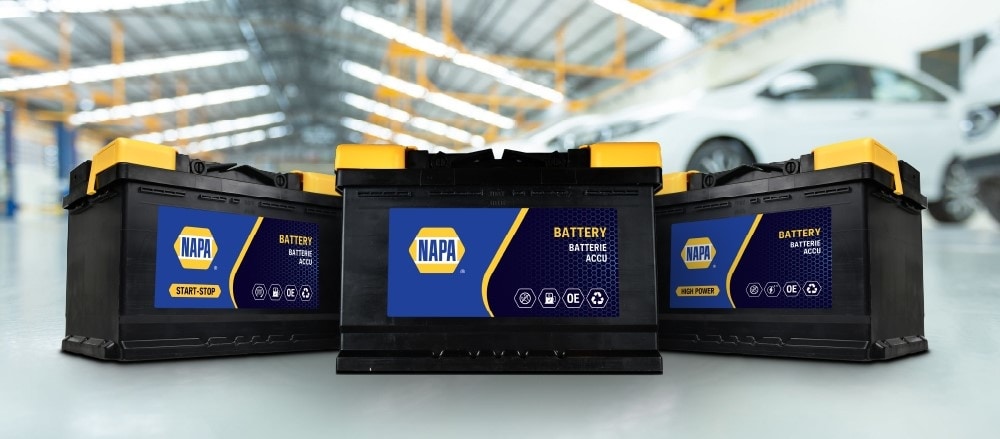What is the difference between Flooded, AGM and AFM batteries?
If you are uncertain about the type of battery you should purchase for your car, you should always check your vehicle owner’s manual. However, we have put together this quick guide to tell you the difference between the types of lead-acid batteries available in the market today.

Flooded batteries:
The most commonly used car batteries on the market today are flooded batteries. Due to their widespread usage, they come in a variety of electrical performances and physical sizes. Many batteries incorporate a calcium alloy for the plate grids, as well as having improved sealed lid technology, these require no watering.
Also available are less expensive older technology ‘low maintenance’ batteries that have antimony as the plate grid alloy. These require a level of maintenance as de-ionised water is required to replenish any lost electrolyte which has evaporated through the vents during normal service. For these products, the internal lead plates begin to deteriorate when exposed, so will need to be regularly maintained to prevent premature corroding of the plates and early service life failure. This older technology will have both a lower CCA (starting performance) and warranty period than the equivalent Calcium alloy product.
AFB batteries (Advanced Flooded Battery):
The evolution of the standard flooded batteries saw the introduction of AFB (Advanced Flooded battery), also known as ECM (Enhanced Cycle Mat) or EFB (Enhanced Flooded Battery).
These batteries have been designed and manufactured with a type of ‘scrim’ covering the plates along with a further alloy of tin. This will increase the performance and prolong the service life of the battery. Developed to meet the needs of entry level Start-Stop vehicles which place additional cyclic demands on the battery. This technology also has the ability to deal with enhanced in car technology and the ever increasing electrical loads they bring even when the car is idling.
These batteries can also meet the needs of the environmentally conscious offering an increased fuel efficiency of up to 6%, which along with the Start-Stop vehicle technology will result in up to 6% lower C02 emissions. AFB batteries can only be replaced with equivalent AFB batteries or an upgrade to AGM batteries.
AGM (Absorbent Glass Mat) batteries:
The technology used in AGM was developed many years ago for military usage. The technology is ideal for larger more advanced Start-Stop vehicles that have brake regeneration. These batteries are also required to cope with the increased demands of EMS (Energy Management Systems), gear shift indicators as well as dealing with improved in-car technology and equipment.
AGM batteries are the latest technology used for lead-acid batteries, they are completely sealed and have no loose acid, as this is absorbed within fibreglass mats which increases energy output and service life even greater than the AFB products. AGM batteries also benefit from up to 8% lower emissions and up to 8% increased fuel efficiency.
AGM batteries may also be referred to as ‘Dry Cell’ or ‘Non-Spill’ Batteries.
Cars fitted with AGM batteries can only replace the battery with an equivalent AGM battery.
Related: how is a battery made?
If in doubt about which battery is right for your car, simply enter your vehicle registration in our battery finder tool. At National we can provide a full battery replacement service including disposing of your old battery free of charge.
Did you enjoy this blog post? |42 people found this review helpful



